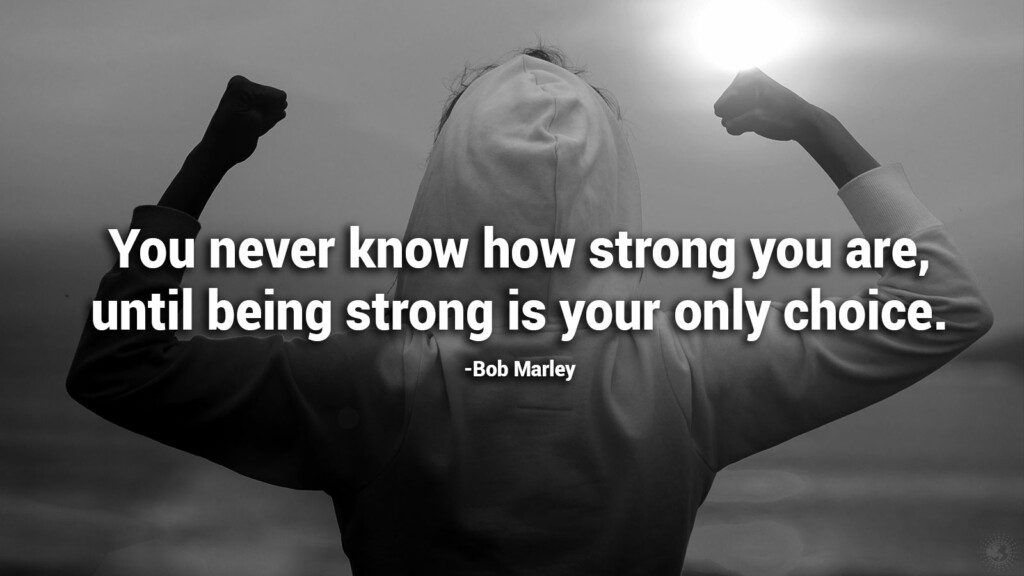His personality differs from an Alpha or a Beta; a Sigma guy might be your best match.
In the context of dating and relationships, we often hear about charismatic Alpha males and reliable Beta males. But have you ever found yourself drawn to a man who doesn’t fit into either of the two standards? A man who is independent, mysterious, and comfortable in his solitude? You might be falling for a Sigma male, aka the lone wolf.
What Is a Sigma Male?
A Sigma male is a unique archetype in the realm of personality types. He is introverted. Still, he exudes a quiet confidence that sets him apart from others. Unlike the extroverted Alpha male who thrives in social settings, he is more comfortable with solitude. He is a man who lives outside the traditional social hierarchy, not because he cannot fit in. Instead, it is because he chooses to.
Sigma males value their independence above all else. Societal norms or expectations do not sway them. Rather, they often choose to live life on their own terms. This independence is not born out of rebellion. It comes from deep-seated self-reliance and a desire for authenticity. They are not loners out of necessity but by choice. It’s because they find strength and peace in their solitude.
Their self-sufficiency is another defining characteristic. Sigma guys are capable of taking care of themselves, both emotionally and physically. They are not dependent on others for their needs or happiness, often making them seem mysterious or enigmatic. Despite their reserved nature, their self-reliance and independence often make them intriguing and attractive to others.

The Sigma Male Versus Alpha and Beta Males
In the social hierarchy, Alpha males are often seen at the top. They are dominant, extroverted, and natural leaders. They thrive in social situations and are often the center of attention.
On the other hand, Beta males are more submissive and often take on a supporting role. They are reliable, cooperative, and more likely to follow than lead.
Lone wolves, however, don’t fit into this traditional hierarchy. They are the lone wolves who operate outside the social order. A Sigma male doesn’t seek leadership or attention, unlike the Alpha male. He is content with his own company and doesn’t need the validation of others to feel confident.
But this doesn’t mean Sigma males lack confidence. On the contrary, they possess a quiet confidence as strong as an Alpha’s but without demanding dominance or recognition. They are capable and competent, often excelling in what they do. But they do so quietly, without the need for applause or accolades.
In comparison to Beta males, Sigmas are not followers. They are independent thinkers who chart their own course. They are just as reliable and cooperative when needed. However, these lone wolf types value their autonomy. The opinions of others will not sway them.
A Sigma male combines the best of Alpha and Beta traits but with a unique twist that sets him apart. He is confident but not domineering, reliable but not submissive, and independent but not aloof. He is a complex blend of traits that makes him uniquely attractive and intriguing.
Fifteen Signs You’re Falling for a Sigma Male
Now that we understand who a Sigma male is let’s explore the fifteen signs that you’re falling for one.
Sign 1: You Appreciate the Independence of a Sigma Male
Sigma males are fiercely independent. If you admire his self-reliance and how he navigates life without needing validation from others, this could be a sign that you’re falling for a Sigma male.
Sign 2: You Admire His Mysterious Nature
Sigmas are often seen as mysterious or enigmatic because they keep their thoughts and feelings to themselves. If you’re intrigued by his mysterious aura and find yourself wanting to uncover more about him, you might be falling for a Sigma male.
Sign 3: You Respect His Need for Solitude
Sigma males value their alone time. Understanding and respecting his need for solitude without feeling insecure or neglected is a sign that you’re falling for a Sigma male.
Sign 4: You’re Attracted to His Intelligence
These men are often knowledgeable and thoughtful. You might fall for a Sigma male if you find yourself drawn to his intellect and the depth of his thoughts.
Sign 5: You Like His Non-Conformist Attitude
Lone wolves live on their own terms and don’t conform to societal norms. If you admire that non-conformist attitude and his courage to be different, this could be a sign that you’re falling for a Sigma male.
Sign 6: You Value His Self-Sufficiency
These men are self-sufficient and don’t rely on others for their needs. If you appreciate this trait and see it as a strength rather than a barrier, it’s a sign you’re falling for a Sigma male.
Sign 7: You’re Intrigued by His Depth
Sigmas often have a depth to their personality that comes from introspection and self-awareness. If you find yourself drawn to his depth and the complexity of his thoughts, you might be falling for a Sigma male.
Sign 8: You Admire His Self-Confidence
The lone wolf possesses a quiet self-confidence that he does not need to shout from the rooftops. If you find this quiet confidence attractive and reassuring, this could be a sign you’re falling for a Sigma male.
Sign 9: You Appreciate His Authenticity
Sigma men are true to themselves and don’t pretend to be someone they’re not. If you value his authenticity and the fact that he doesn’t put on a facade to impress others, you might be falling for a Sigma male.
Sign 10: You Respect His Unconventional Lifestyle
These guys often lead lifestyles that don’t conform to societal norms. If you respect his unconventional lifestyle and find it refreshing rather than unsettling, this could be a sign you’re falling for a Sigma male.
Sign 11: You’re Comfortable with His Introverted Nature
These men are introverts at heart. If you’re comfortable with his introverted nature and don’t see it as a barrier to connection, it’s a sign you’re falling for a Sigma male.
Sign 12: You Find His Creative Mind Highly Attractive
Lone wolves often have a creative side, whether in arts, writing, or problem-solving. If you admire his creativity and the unique perspectives he brings, you might be falling for a Sigma male.
Sign 13: You Like the Sigma Male Low-Key Approach to Life
Sigmas are low-key and don’t seek attention or approval. If you like his low-key approach to life and find it a refreshing change from the attention-seeking behavior of others, this could be a sign you’re falling for a Sigma male.
Sign 14: You’re Comfortable with His Independent Thinking
Lone wolves think independently and don’t follow the crowd. If you’re comfortable with his independent thinking and even find it stimulating, it’s a sign you’re falling for a Sigma male.
Sign 15: You Feel a Deep Connection Despite the Reserved Nature of the Lone Wolf
Sigma males may be reserved. However, they also form deep connections. If you feel a deep emotional connection with him despite his reserved nature, this could be the ultimate sign you’re falling for a Sigma man.
How to Approach a Relationship with a Sigma Male
If you’ve recognized these signs and believe you’re falling for a Sigma male, here are some tips on approaching a relationship with him.
Understand the Lone Wolf’s Need for Solitude
Remember, a Sigma male values his solitude. It’s important to respect his need for alone time and not take it personally. Understand that this is a part of who he is and not a reflection of his feelings for you.
Communicating Effectively with a Sigma Male
Sigmas are often more reflective and may not express their feelings as openly as others. Effective communication is critical. Be open, honest, and patient. Encourage your guy to share his thoughts and feelings without pressuring him.
Embrace His Independence
These men are fiercely independent, and this trait is a significant part of their identity. Embrace his independence rather than trying to change it. Understand that his self-reliance doesn’t mean he doesn’t value your presence. It simply means he knows how to handle things on his own.
Be Patient and Let the Sigma Male Set His Own Pace
These guys often take their time when it comes to relationships. They are not ones to rush into commitments without careful thought. Be patient with his pace, and don’t rush him into decisions. His careful deliberation shows his serious approach to relationships, not a lack of interest.
Appreciate His Authenticity
Sigma males are authentic to themselves. They don’t put on a facade or pretend to be someone they’re not. Appreciate his authenticity and be authentic in return. Authenticity breeds trust and deepens the connection in a relationship.
Respect His Boundaries
Sigma males often have clearly defined personal boundaries. They value their personal space and time. Respect his boundaries, and don’t try to invade his personal space. Respecting his boundaries is crucial for building a healthy relationship with a Sigma.
Be Supportive of His Interests
These guys often have unique interests and hobbies they are deeply passionate about. Be supportive of his interests, even if they are different from yours. Show genuine interest in his passions and encourage him to pursue them. This behavior will show him you respect his individuality and support his pursuits.

Final Thoughts on Knowing the Signs You’re Falling for a Sigma Male
Falling for a Sigma male can be a unique and enriching experience. These men offer a depth and complexity that can be both intriguing and captivating. You can build a deep, meaningful relationship with this man by understanding and appreciating their unique traits. Remember, every person is unique, and these signs are not one-size-fits-all. Listen to your heart and trust your feelings as you navigate the exciting journey of love and relationships.

















